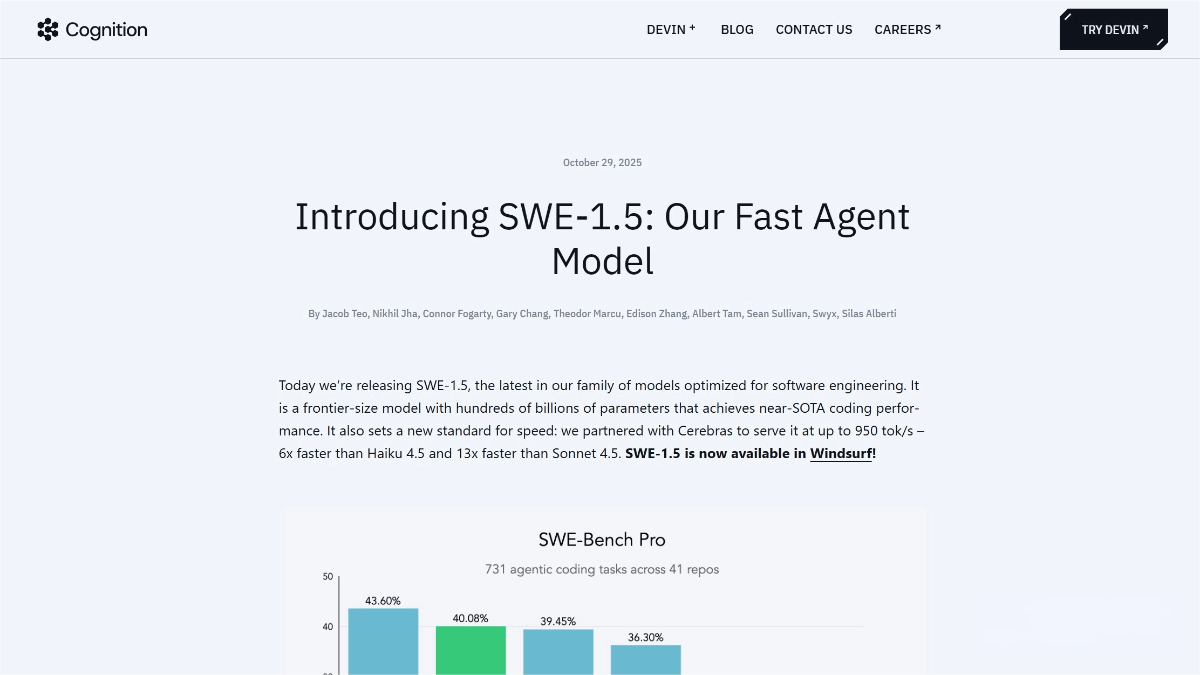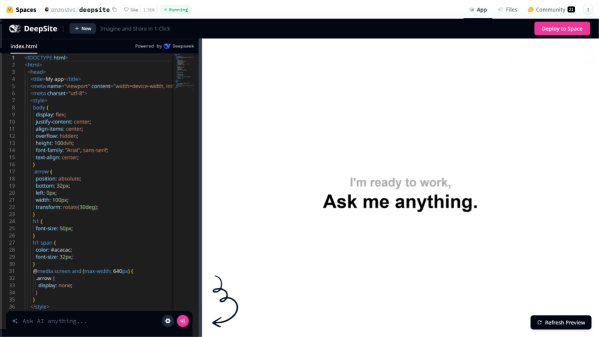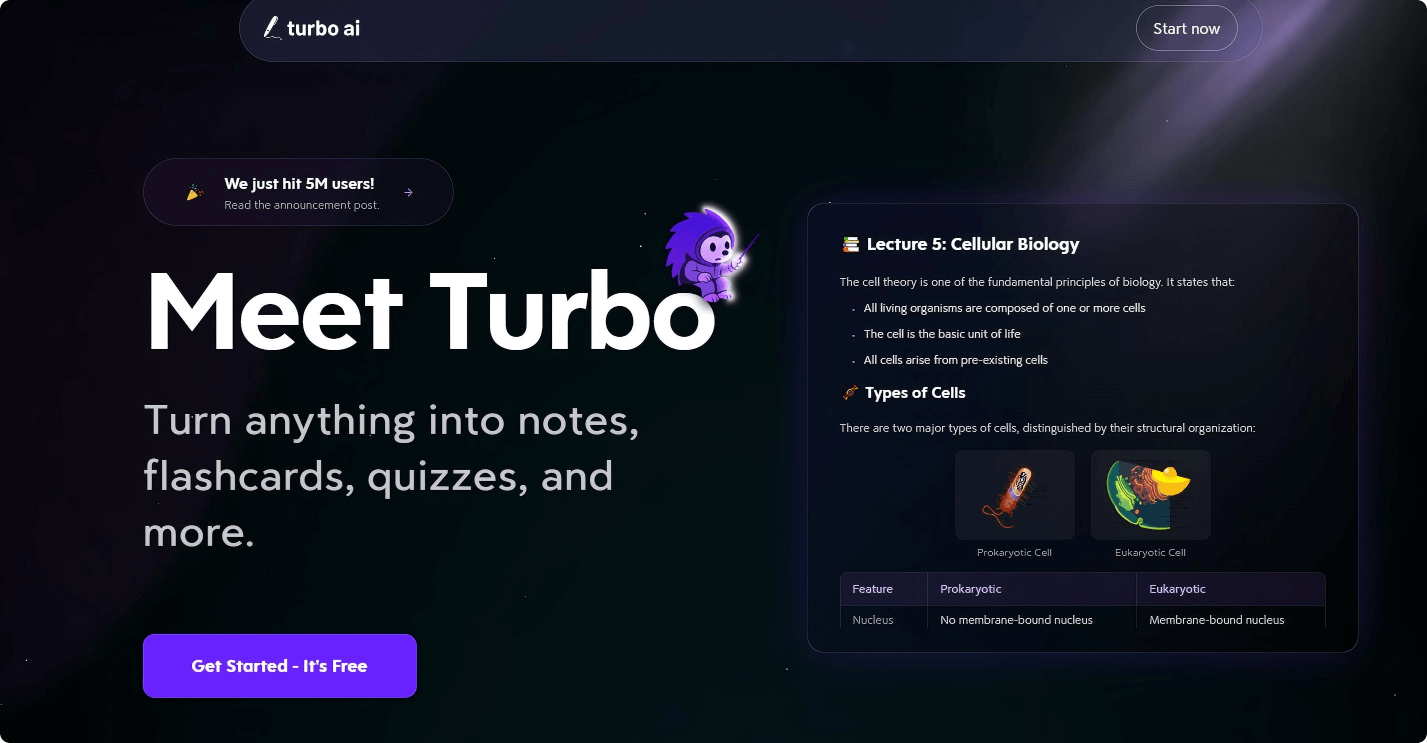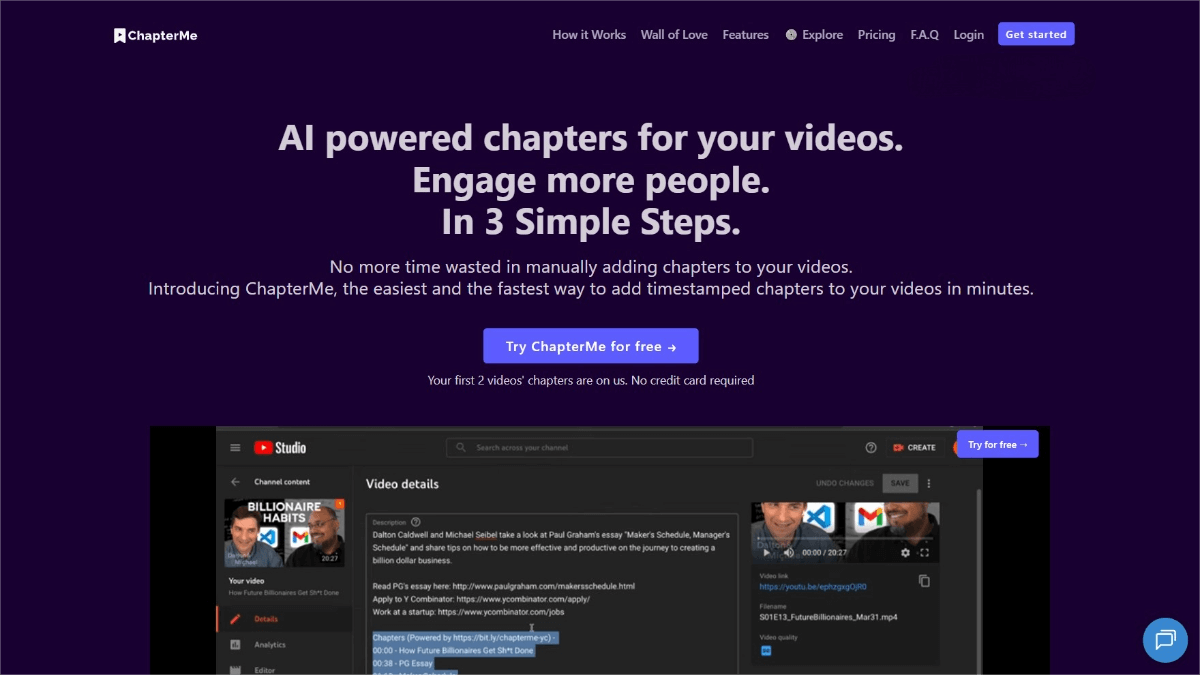SWE-1.5 – A High-Performance AI Coding Model Developed by Cognition
What is SWE-1.5?
SWE-1.5 is a high-performance AI coding model developed by the AI unicorn Cognition, specifically designed for software engineering. With tens of billions of parameters, it achieves near state-of-the-art coding capabilities while making a major breakthrough in speed, reaching an inference rate of 950 tokens per second — 6× faster than Haiku 4.5 and 13× faster than Sonnet 4.5. The model is already integrated into the Windsurf code editor.In collaboration with Cerebras, Cognition optimized the entire system stack — including the model, inference engine, and agent framework — to achieve a unified balance of speed and intelligence. During development, Cognition employed end-to-end reinforcement learning combined with a high-fidelity coding environment and custom evaluation mechanisms to ensure real-world performance. SWE-1.5 also introduces a new technique called “reward hardening,” which enhances robustness through human expert evaluations.

Key Features of SWE-1.5
1. Code Generation and Optimization
Quickly generates high-quality code across multiple programming languages and provides optimization suggestions to improve performance and quality.
2. Collaborative and Interactive Programming
Supports multi-turn, interactive coding sessions that enhance teamwork and accelerate development efficiency.
3. Code Understanding and Analysis
Demonstrates deep semantic understanding of code, maintains coherence across long code sequences, and can analyze and diagnose issues effectively.
4. Development Environment Integration
Already available in the Windsurf editor and compatible with other development tools, enabling seamless integration into end-to-end development workflows.
5. Customization and Adaptability
Can be customized for different project requirements and easily integrated into existing development environments and toolchains.
Technical Foundations of SWE-1.5
1. High-Speed Inference with Hardware Collaboration
Through a partnership with Cerebras, SWE-1.5 leverages cutting-edge hardware technology to achieve inference speeds of up to 950 tokens per second, greatly enhancing responsiveness and real-time performance.
2. Massive Multidomain Data Integration
Built on 200 carefully curated datasets, the model forms an almost panoramic programming knowledge graph, giving it exceptional cross-domain and cross-language generalization capabilities.
3. Context-Aware Architecture
Maintains semantic coherence across long code sequences and supports multi-turn, interactive programming, ensuring logical consistency and contextual continuity in code generation.
4. Dynamic Feedback Mechanism
Incorporates dynamic feedback during training to simulate real developer behavior, improving the practicality and readability of generated code.
5. Reinforcement Learning Training
Trained via end-to-end reinforcement learning in authentic coding environments, using a custom cascade agent framework and massive infrastructure — including thousands of GB200 NVL72 chips — to optimize both performance and adaptability.
Project Resources
-
Official Website: https://cognition.ai/blog/swe-1-5
Application Scenarios of SWE-1.5
1. Code Generation and Optimization
Rapidly generates high-quality code and provides optimization insights to enhance performance and maintainability.
2. Multi-Turn Interactive Programming
Supports iterative, dialogue-based code refinement, ideal for building complex systems step by step.
3. Team Collaborative Development
Facilitates teamwork by generating modular code frameworks, enabling efficient division of labor and collaboration among developers.
4. Code Understanding and Analysis
Comprehends complex codebases, locates bugs, analyzes performance bottlenecks, and provides actionable diagnostic and repair suggestions.
5. Large Codebase Exploration
Assists developers in quickly navigating and understanding extensive code repositories, improving productivity and project comprehension.
6. Full-Stack Application Development
Supports end-to-end full-stack development — from backend logic to frontend interfaces — enabling rapid creation of complete, production-ready applications.
Related Posts




